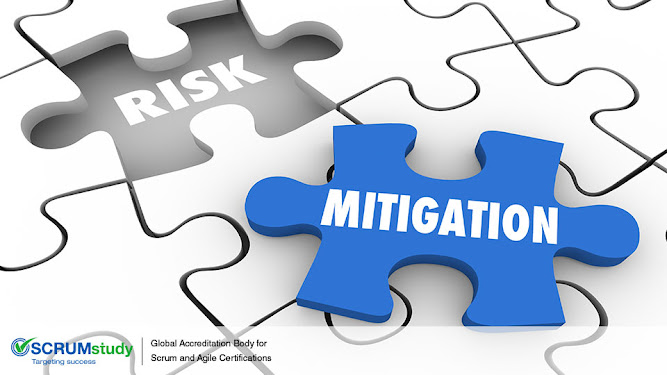The Role of the Scrum Master in Sprint Retrospective Meetings
Sprint Retrospective meetings are vital for continuous improvement in Agile projects, providing a dedicated space for Scrum teams to reflect on their processes and identify ways to enhance productivity and collaboration. At the heart of this process is the Scrum Master, whose role is essential to the success of the retrospective. Here’s a deep dive into the Scrum Master's responsibilities in Sprint Retrospective meetings and how they guide teams to valuable insights and improvements.
Creating a Safe Space for Open Dialogue
The Scrum Master’s primary responsibility is to ensure that team members feel comfortable sharing feedback. They foster an atmosphere where everyone feels encouraged to speak openly about what went well, what didn’t, and what can be improved. By removing any fear of judgment or blame, the Scrum Master helps build trust within the team, making retrospectives more effective.
Facilitating and Guiding the Meeting
A skilled Scrum Master knows how to lead without dominating the conversation. Their role during the retrospective is to facilitate rather than dictate, ensuring the meeting stays productive and on track. They use various facilitation techniques to encourage participation, maintain focus, and keep the conversation moving forward.
Using Tools and Techniques for Engagement
To avoid repetitiveness, the Scrum Master can introduce new tools, exercises, and formats that make retrospectives more engaging. For example, techniques like "Start, Stop, Continue" or "The 4Ls (Liked, Learned, Lacked, Longed for)" can encourage fresh perspectives. These methods keep retrospectives dynamic, motivating the team to participate and reflect actively.
Identifying and Prioritizing Areas of Improvement
A key responsibility of the Scrum Master is helping the team identify actionable insights from the retrospective discussion. Rather than allowing too many improvement ideas to overwhelm the team, they assist in prioritizing the most impactful areas for change. The Scrum Master guides the team to focus on achievable steps to implement in the upcoming sprint.
Ensuring Accountability and Follow-Through
Accountability is essential to maintaining momentum between retrospectives. The Scrum Master helps the team assign responsibilities for each action item identified in the retrospective. By documenting these tasks and regularly following up, they ensure that the team stays on track with its improvement goals, turning insights into actionable steps.
Promoting a Culture of Continuous Improvement
Beyond individual retrospectives, the Scrum Master reinforces a culture of continuous improvement within the team. They emphasize the importance of regular reflection, helping the team understand that small adjustments in each sprint can lead to significant overall growth. This mindset enhances team morale and results in a stronger, more adaptable team over time.
Conclusion
The role of the Scrum Master in Sprint Retrospective meetings is crucial for creating a positive, productive environment where team members feel empowered to share, reflect, and improve. By facilitating open communication, guiding the team in prioritizing action items, and ensuring follow-through, the Scrum Master turns retrospectives into a powerful tool for team development and project success. With every retrospective, they help build a more cohesive, efficient, and resilient team, laying the groundwork for continuous Agile success.
GET MORE FROM SCRUMstudy
Join SCRUMstudy™ LinkedIn Group




Comments
Post a Comment